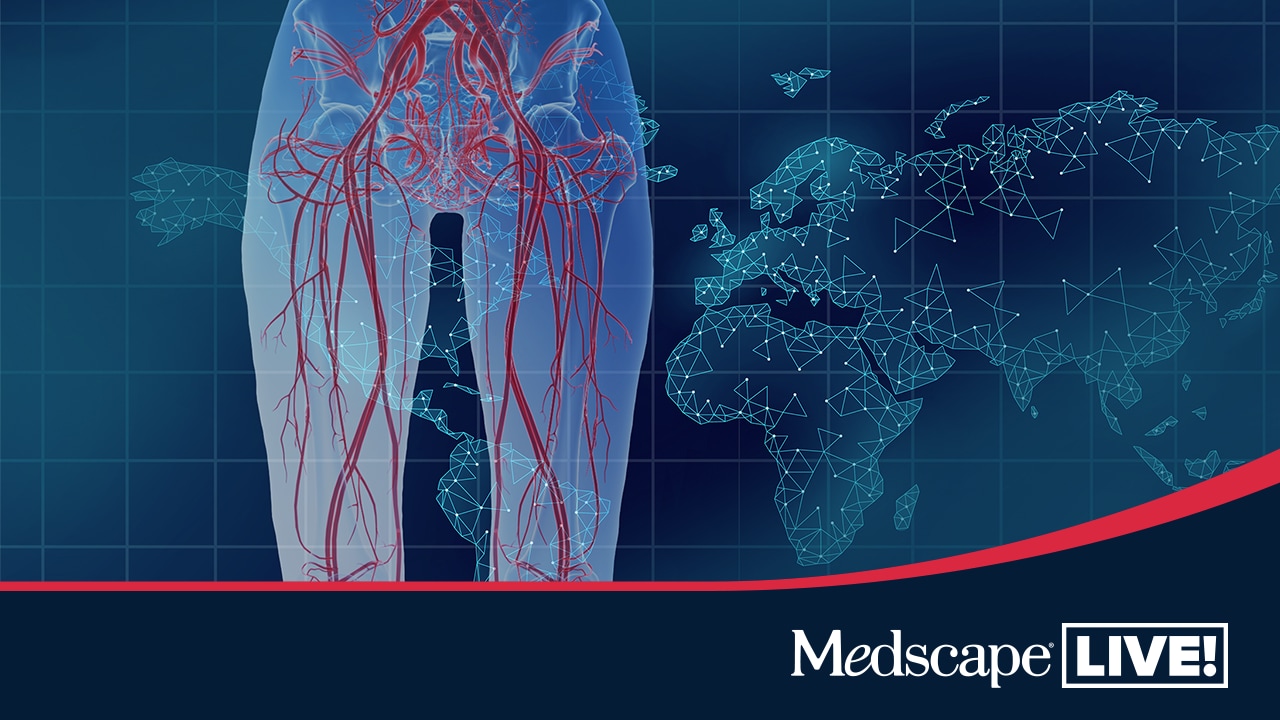Abstract and Introduction
Abstract
Background: The current practice of assessing wounds is highly dependent on visual examination and clinical judgment; these methods are highly subjective and leave great room for error. Objective measures of wound severity and healing are necessary tools that have been lacking in clinical practice. Long-wave infrared thermography (LWIT) has diverse applications that can be optimized to help detect and monitor wounds.
Methods: This work is a retrospective case series of pertinent patients encountered by the authors in clinical practice.
Results: Nine cases were ultimately selected to best represent the multitude of benefits that can be seen with the utilization of LWIT devices.
Conclusions: Through this case series, we show the many advantages of LWIT devices. This technology is safe, noninvasive, and user friendly and, most importantly, gives objective, instant, and repeatable measurements.
Introduction
The assessment of wounds has historically included evaluation via visual and clinical presentation, with initial evaluation including the presence of pain, discoloration, redness, swelling, etc. In certain cases, only some or none of these parameters are present, and these cases can transform from acute and relatively treatable wounds to more insidious and chronic wounds. Diagnosis and treatment of chronic wounds in the United States has burdened the medical system with an estimated Medicare cost of $96.8 billion.[1] In addition, studies have even investigated quality of life in patients with chronic wounds, revealing site-specific needs but, more importantly, an overall diminished quality of life.[2–4] Researchers and clinicians are interested in defining more expeditious and affordable methods to assess and address wound management, which often requires utilizing an interdisciplinary approach.[5] The only devices currently used for the potential management of wounds at the bedside are pulse oximetry (pulse-ox) and ultrasound doppler. Unfortunately, doppler assessment is operator dependent[6] and pulse-ox technology is associated with a plethora of limitations that can compound potential sources and accuracy of determining wound integrity.[7] Therefore, novel tools and methods of enhancing the interdisciplinary approach of addressing wound development that could be available to all levels of health care professionals are of vital importance. An example of this novel technology is a tool with diverse applications that can be optimized to help detect and monitor wounds: long-wave infrared thermography (LWIT) devices.
Infrared technology has been used for a long time in various fields. Firefighters utilize it to visualize people within large amounts of smoke, electricians use it to detect heat changes in power structures, and the military apply this technology to identify persons when given a field that may be difficult to assess. Infrared imaging technology uses relative changes in temperature reflected as thermograms via the detection of radiation in the long-infrared spectrum of the electromagnetic spectrum. Therefore, warmer objects in view of a LWIT device will emit and reflect a higher and brighter level of radiation (ie, temperature change) as compared with the environment around it including cooler skin, bedding, etc, which would appear bluish/black. The study of the use of this technology in patients is a relatively new concept. The first study of an LWIT showed these devices can provide reliable and consistent recordings,[8] which is important for accurately tracking patient changes in their respective wounds. This work was important in setting a standard for the opportunity to adopt this technology into clinical practice; however, more work surrounding its efficacy at assessing healing in a predictable manner is needed.
The use of infrared devices is expected to sharpen the ability of clinicians to assess the quality of wounds. In a small cohort, Bilska et al recently showed the use of infrared thermography enhancing the predictability of the course of wound healing.[9] Furthermore, researchers in Finland and the Netherlands have shown the utility in assessing severity and treatment of disease outcomes from peripheral artery disease and burn patients, respectively.[10,11] The findings from the studies establish a strong basis for the serious clinical investigation of the use of infrared technology in the care of patients with wounds. This technology could serve as a baseline for wound management, and it is therefore important to understand the scenarios in which it could be applied. This report will discuss several cases using an LWIT device to monitor for the signs and symptoms of wound infections, to evaluate the physiological status of a wound and the response to treatment, and to assess circulation and perfusion. Overall, the use of LWIT devices in these patients allowed clinicians to help drive optimal wound healing outcomes.
ePlasty. 2023;23(e40) © 2023 HMP Communications, LLC











